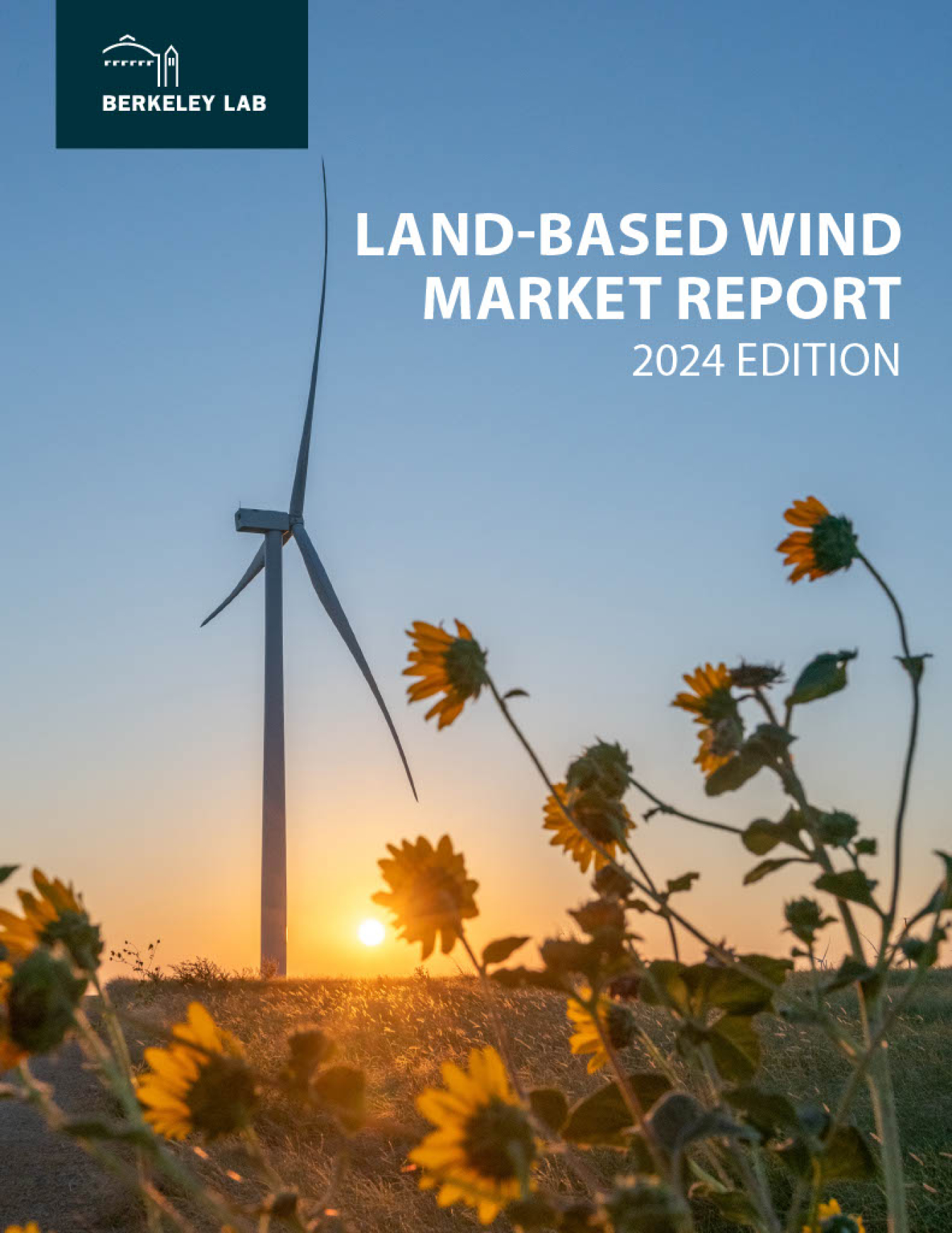
Land-Based Wind Market Report: 2024 Edition
Wind Market Reports: 2024 Edition
Past Wind Market Reports
The annual Land-Based Wind Market Report provides an overview of trends and policies in the U.S. power industry, primarily focusing on land-based, utility-scale wind turbines over 100 kilowatts in size.
Now in its eighteenth year, the 2024 edition of the report provides an overview of developments and trends in the U.S. wind power market for the 2023 calendar year."
Wind power growth has historically been supported by the industry’s primary federal incentive—the production tax credit (PTC)—as well as numerous state-level policies. Long-term improvements in the cost and performance of wind power technologies have also been key drivers for wind additions, yielding an increase in wind power capacity additions, job growth, and larger wind turbines.
Land-Based Wind Power
The U.S. wind industry installed 6,474 megawatts (MW) of new land-based wind capacity in 2023, bringing the cumulative total to nearly 150,500 MW. Utility-scale wind power is currently installed in 42 states across the nation.
$10.8 billion
was invested in 2023 in land-based wind energy expansion.
6,474 Megawatts
were added to the U.S. land-based wind energy capacity in 2023.
Electricity Generated from Wind
Texas installed the most wind capacity of any state in 2023 with 1,323 MW followed by Illinois with 928 MW. In addition, four states (Iowa, South Dakota, Kansas, and Oklahoma) exceeded 40% wind energy penetration.
Global land-based wind additions reached a record 117 GW in 2023, yielding a cumulative 1,021 GW. The United States remains the second-leading market in terms of annual capacity additions and total cumulative capacity.
Use the slider and interactive maps below to see land-based wind energy capacity by state (with additions from 2023) and percentage of in-state generation (and sales).
Wind Turbines Keep Growing
Wind turbines continue to grow in size. The average rated (nameplate) capacity of newly installed wind turbines in the United States in 2023 was 3.4 MW (enough to power over 1,000 U.S. households per day!), up 5% from 2022 and 375% since 1998−1999. The average rotor diameter of newly installed turbines was 133.8 meters, a 2% increase over 2022 and 178% over 1998−1999, while the average hub height was 103.4 meters, up 5% from 2022 and 83% since 1998−1999.
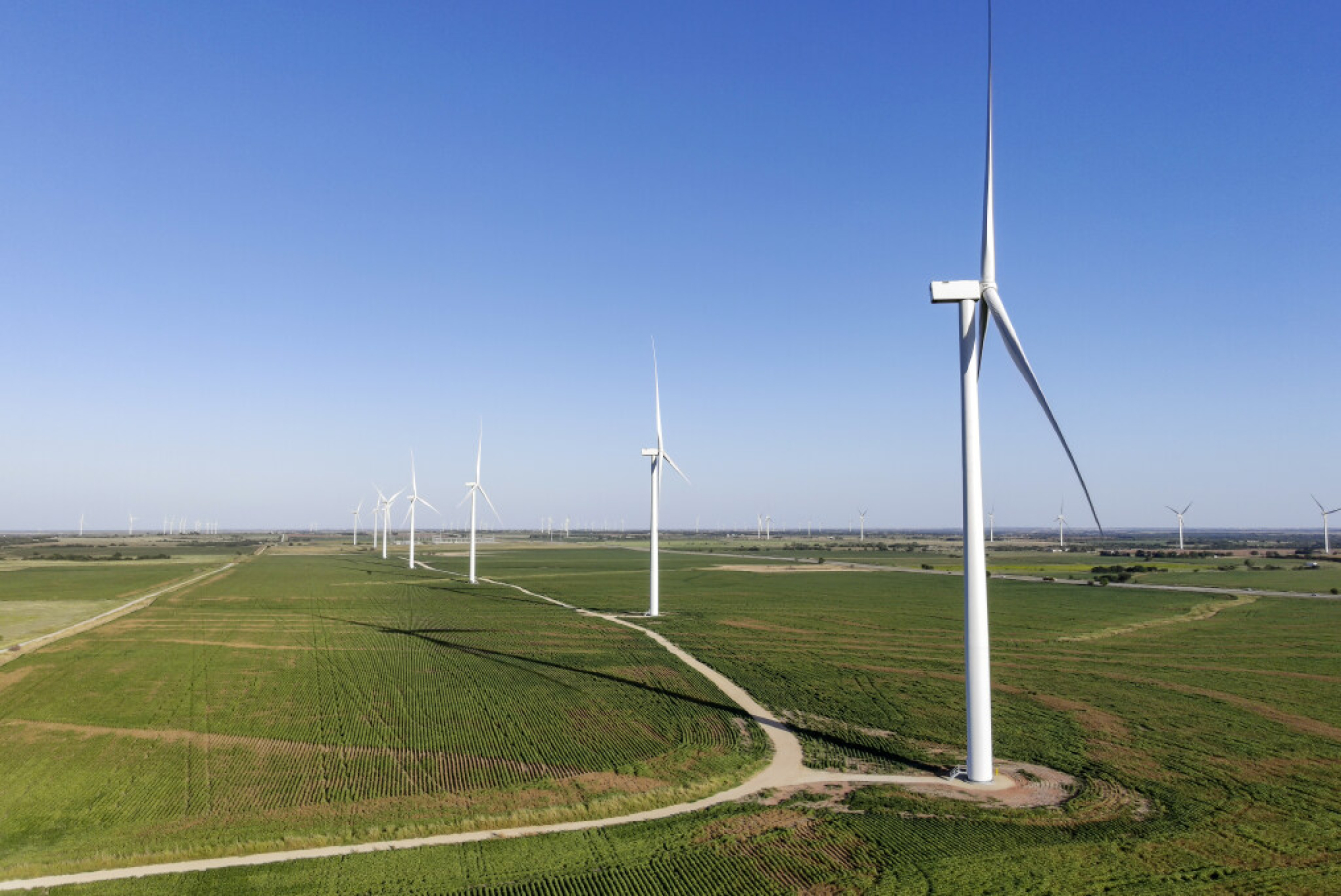
Health Benefits of Wind Power
Wind provides public health and climate benefits by reducing emissions of carbon dioxide, nitrogen oxides, and sulfur dioxide. Nationally, health and climate benefits (when viewed in monetary terms) together averaged $162/MWh-wind. Learn more about the health, climate, and economic benefits of wind.
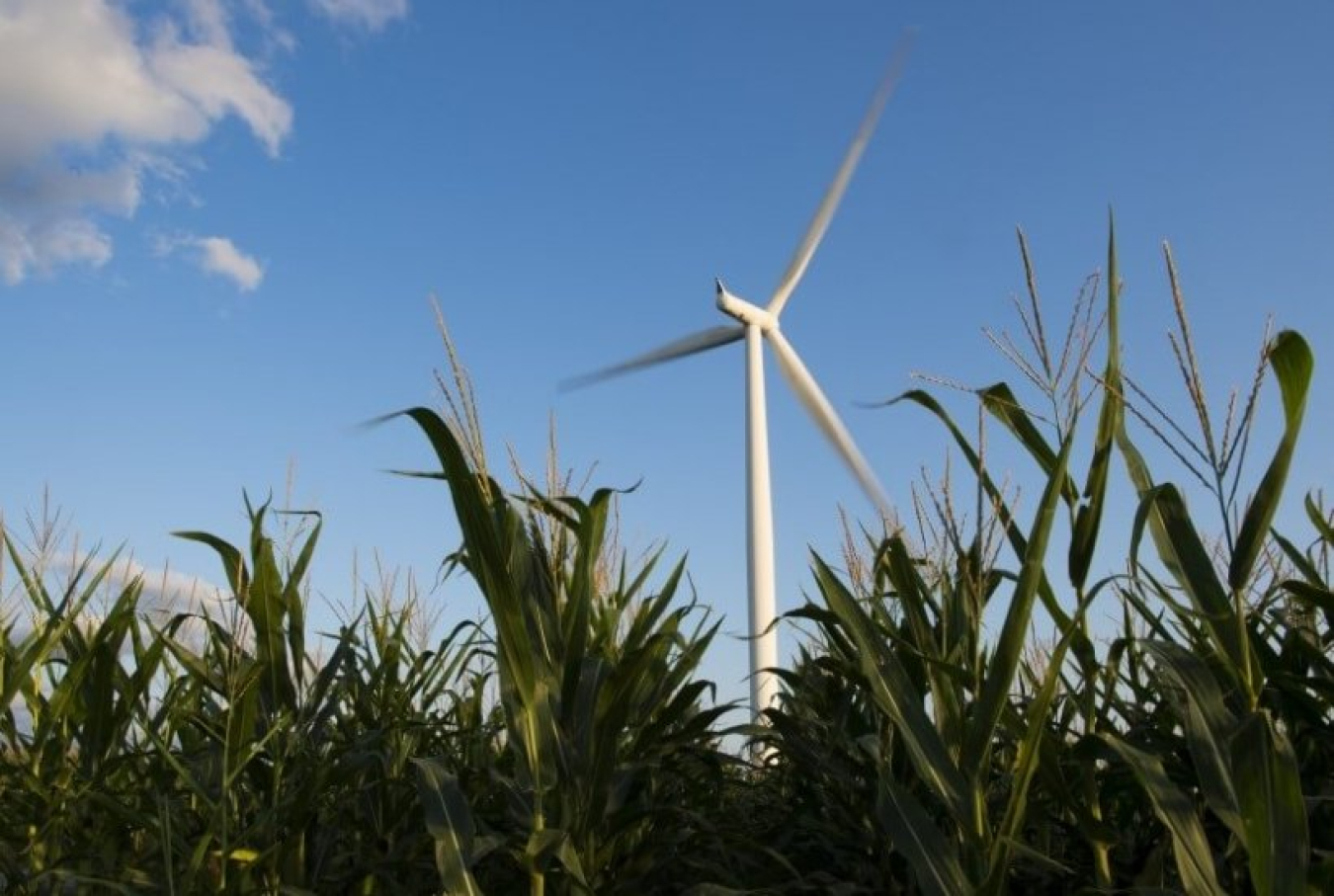
Learn More
View Lawrence Berkeley National Laboratory's visualizations.
-
 Three reports highlight industry development, expansion, and the policies and incentives driving wind energy forward.
Three reports highlight industry development, expansion, and the policies and incentives driving wind energy forward. -
 Annual U.S. Energy and Employment Report (USEER) Finds Historic High Unionization in Clean Energy Sector, Growth in Clean Energy Jobs in Every State
Annual U.S. Energy and Employment Report (USEER) Finds Historic High Unionization in Clean Energy Sector, Growth in Clean Energy Jobs in Every State -
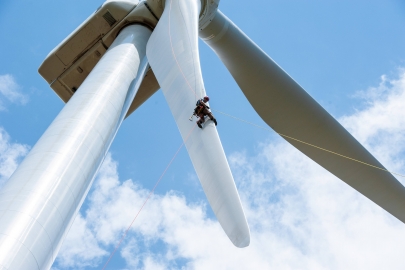 Brush up on your knowledge of wind! Get the details on a few of the lesser-known wind energy facts.
Brush up on your knowledge of wind! Get the details on a few of the lesser-known wind energy facts. -
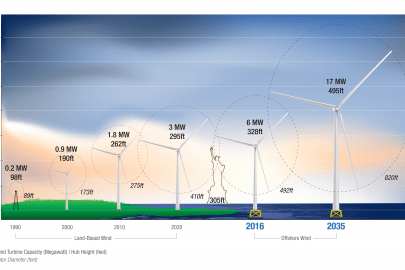 Since the early 2000s, wind turbines have grown in size—in both height and blade lengths—and generate more energy. What’s driving this growth? Let’s take a closer look.
Since the early 2000s, wind turbines have grown in size—in both height and blade lengths—and generate more energy. What’s driving this growth? Let’s take a closer look. -
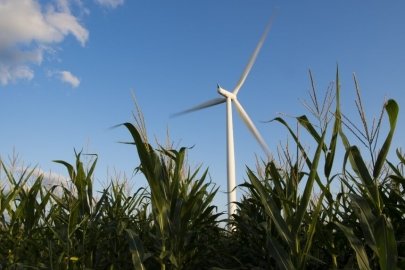 Learn how wind energy can provide health and climate benefits that outweigh its costs.
Learn how wind energy can provide health and climate benefits that outweigh its costs. -
 New animation shows how a wind turbine turns wind energy into electricity using the aerodynamic force from the rotor blades.
New animation shows how a wind turbine turns wind energy into electricity using the aerodynamic force from the rotor blades. -
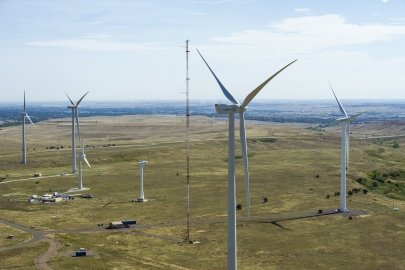 A date most movie buffs know by heart, October 21, 2015, is the day Marty McFly and Doc Brown travel in “Back to the Future Part II.”
A date most movie buffs know by heart, October 21, 2015, is the day Marty McFly and Doc Brown travel in “Back to the Future Part II.” -
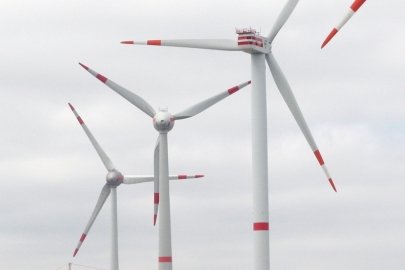 Learn more about the wind industry here, from how a wind turbine works, to the new and exciting research in the field of wind energy.
Learn more about the wind industry here, from how a wind turbine works, to the new and exciting research in the field of wind energy. -
 The DOE Wind Office leads the nation's efforts to improve the performance, lower the costs, and accelerate the deployment of wind power technologies.
The DOE Wind Office leads the nation's efforts to improve the performance, lower the costs, and accelerate the deployment of wind power technologies. -
 Through history, the use of wind power has waxed and waned,from the use of windmills in centuries past to high tech wind turbines on wind farms tod...
Through history, the use of wind power has waxed and waned,from the use of windmills in centuries past to high tech wind turbines on wind farms tod...


